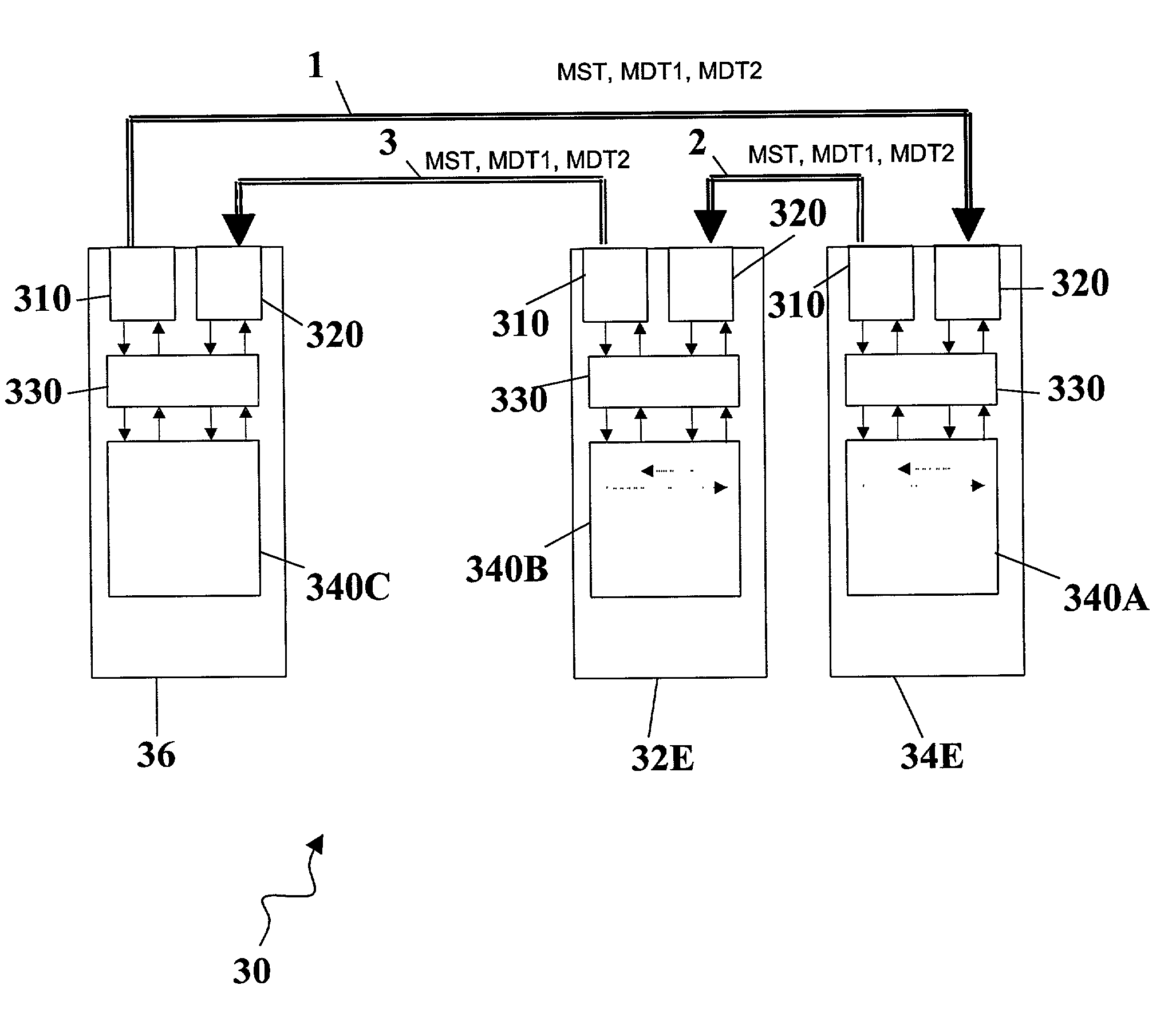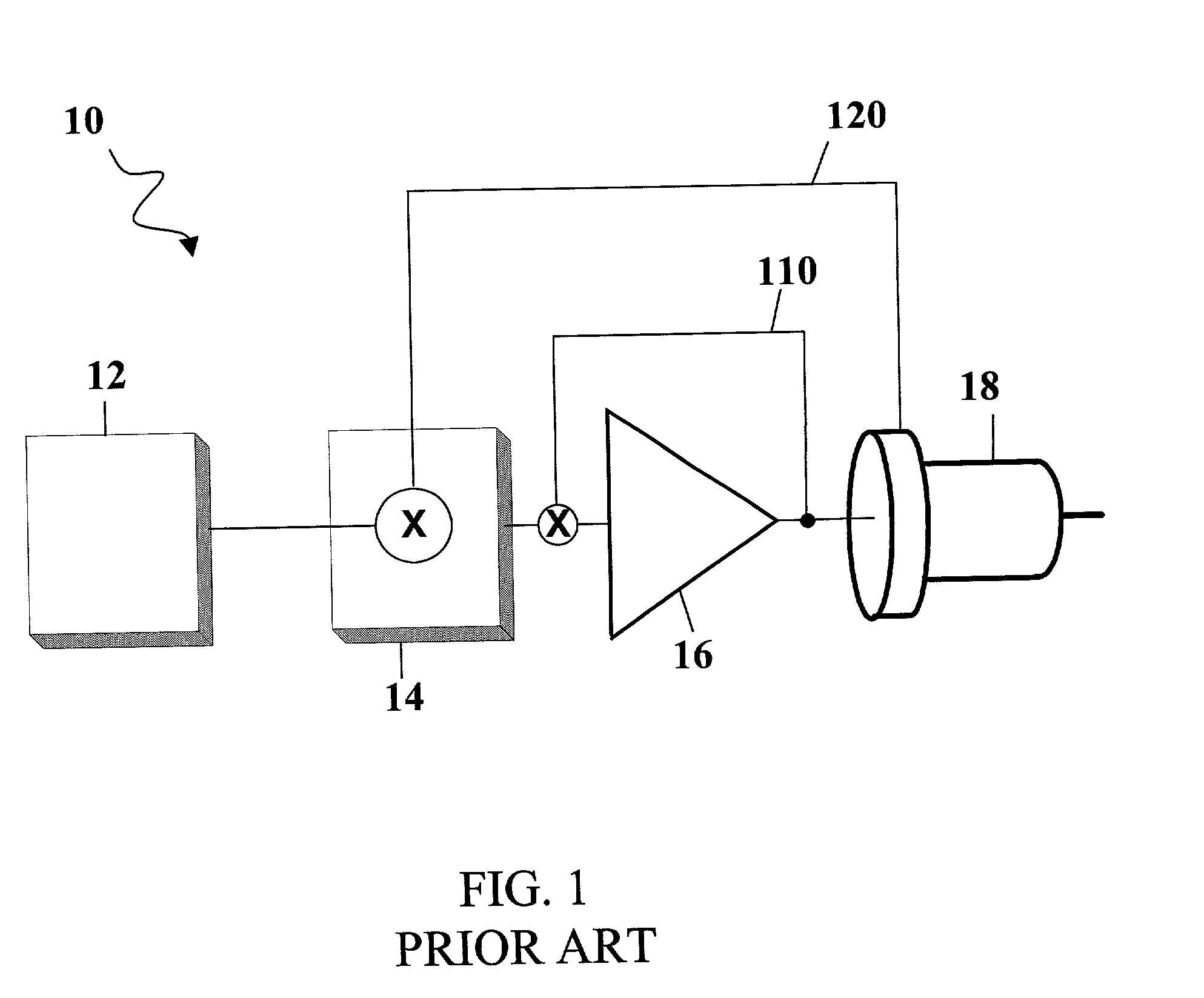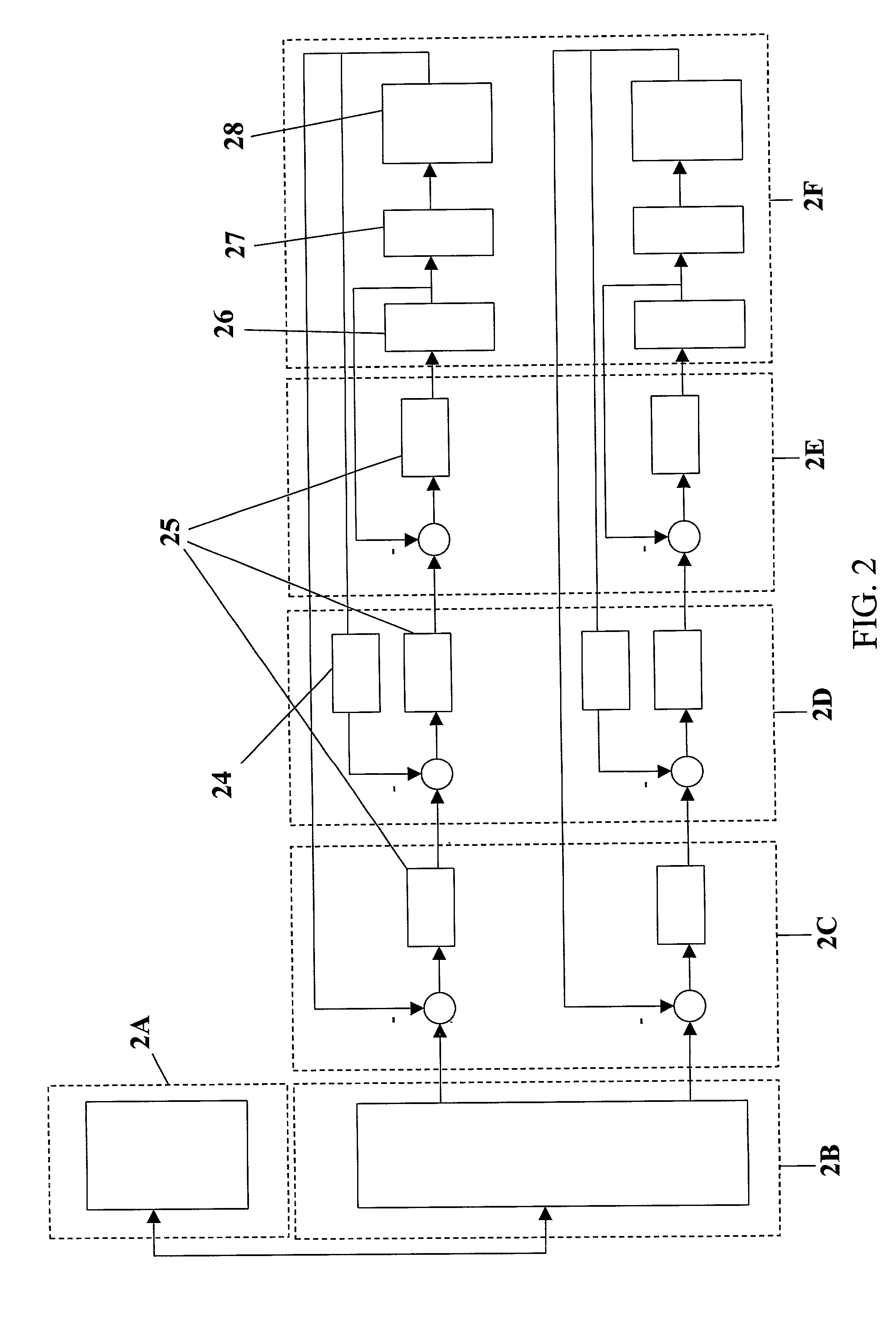System for motion control, method of using the system for motion control, and computer-readable instructions for use with the system for motion control
a technology of motion control and motion control, applied in the direction of frequency-division multiplex, electric programme control, program control, etc., can solve the problems of increasing complexity, speed and precision demands, and the control of moving components in modern manufacturing equipment, such as the equipment used to process and package semiconductor devices, to reduce the need for wiring
- Summary
- Abstract
- Description
- Claims
- Application Information
AI Technical Summary
Benefits of technology
Problems solved by technology
Method used
Image
Examples
first embodiment
[0106]In a first embodiment, the master transmits two different correction factors to each slave related to the time taken for a telegram sent from the master to reach the slave in the forward direction and in the reverse direction around the ring. These quantities are called the forward and reverse path time correction or FPTC and RPTC, and their transmission can be performed, e.g., using a MCT during the discovery phase 60.
[0107]During the operational phase 62, a MST is transmitted from the master 36 on a periodic basis. The MST is the synchronization signal for the operation of the motion control nodes on the network and, among other functions, the MST helps synchronize the acquisition of position data for each servo loop. Each node can phaselock an internal timer to the MST synchronization signal.
[0108]In one embodiment for operation with a complete network ring topology, since the MST is a continuously running master synchronization signal, each slave node can use its own FPTC ...
second embodiment
[0109]A second embodiment for operation in the event of a network fault condition, the MST will be transmitted from both the P0 and the Q port of the master36. In this case, unless the faulty link is immediately adjacent to the master 36, at least one slave node 36 will receive the MST at its P0 port rather than its Q port. As illustrated in FIG. 25, in the case of a break between Slave 32E and Slave 34E, the MST that is sent in the reverse direction is received by slaves 39E, 38E, and 34E. Thus, the FPTC is no longer appropriate for slaves 39E, 38E, and 34E, and those slaves must instead use the RPTC.
[0110]The benefit derived from the timing correction can be shown in the context of one embodiment of the invention illustrated in FIG. 26. The network controller (master 36) contains the motion planning function, a digital processor, which typically implements the position loop, as well as other filtering and control functions. The network nodes (slaves 32E and 34E) contain the motor ...
PUM
 Login to View More
Login to View More Abstract
Description
Claims
Application Information
 Login to View More
Login to View More - R&D
- Intellectual Property
- Life Sciences
- Materials
- Tech Scout
- Unparalleled Data Quality
- Higher Quality Content
- 60% Fewer Hallucinations
Browse by: Latest US Patents, China's latest patents, Technical Efficacy Thesaurus, Application Domain, Technology Topic, Popular Technical Reports.
© 2025 PatSnap. All rights reserved.Legal|Privacy policy|Modern Slavery Act Transparency Statement|Sitemap|About US| Contact US: help@patsnap.com



